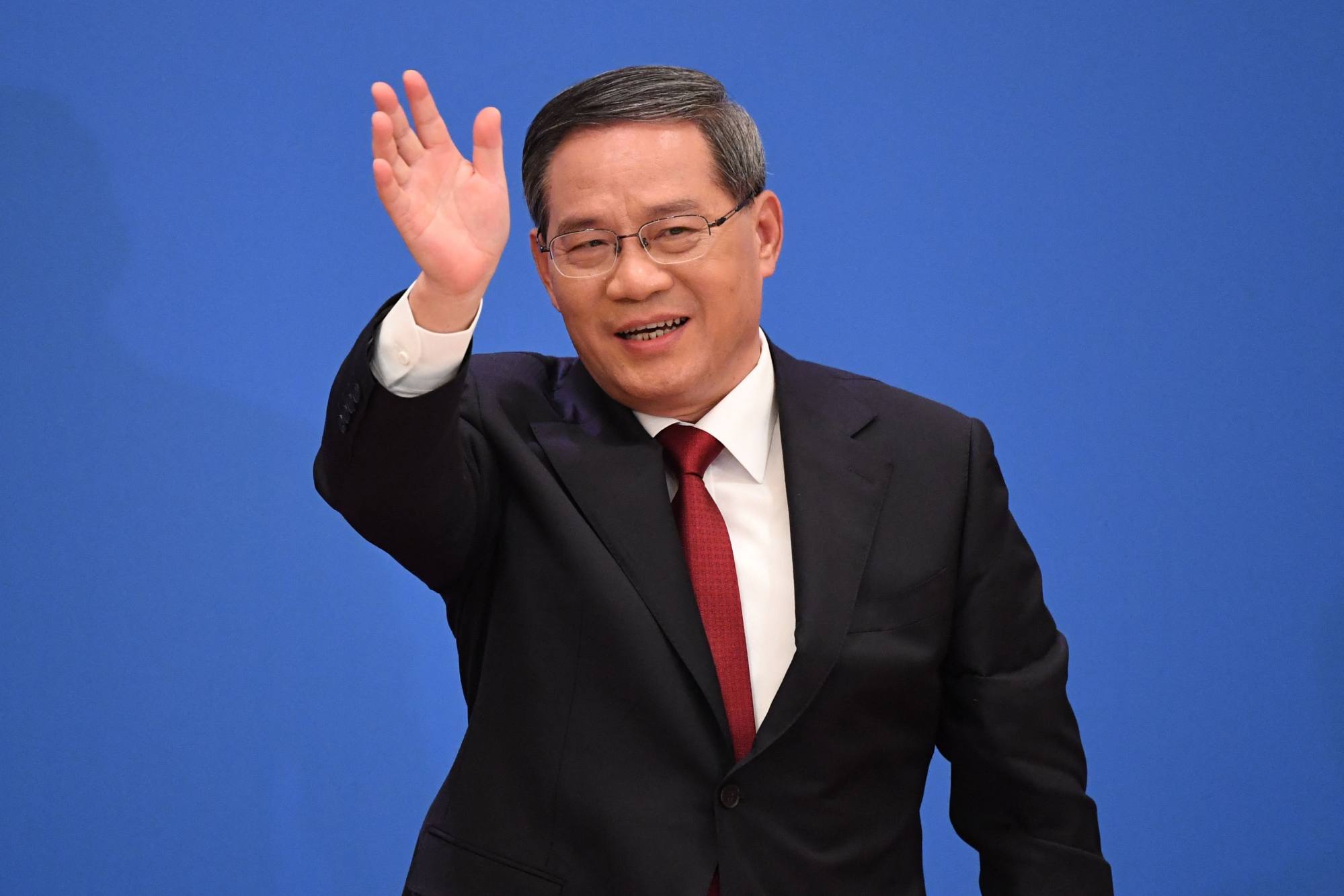China is seeking to reduce logistics costs to boost domestic consumption and maritime competitiveness as it faces a series of economic downturns.
„More efforts are needed to improve freight transportation, promote the digital, smart and green development of the logistics industry and significantly reduce logistics costs,” Li said, according to state broadcaster CCTV.
Exports fell 4.6 percent last year due to weak external demand, following seven years of export growth.
Exports have been helped by a 2.1 percent fall in the yuan against the U.S. dollar since the start of the year, although Beijing has rejected suggestions that it artificially devalued its currency to make its products cheaper and pledged to stabilize the yuan.
Added to the mix are US allegations that China is flooding the market with subsidized EVs, uncertainties surrounding US elections in November and Washington’s investigation into China’s maritime, logistics and shipbuilding sectors.
Li’s call to cut transport costs was echoed at the Communist Party’s Central Economic Work Conference in December and in a government report released in March.

According to the China Logistics Information Center, logistics costs incurred 14.4 yuan for every 100 yuan of GDP generated in China’s economy last year, down 0.3 yuan from the previous year’s figure.
In contrast, U.S. logistics spending per unit of GDP in 2022 was 9.1 percent—a record. Meanwhile, India has a rate of 14-18 percent, which it has promised to reduce to 8 percent by 2030.
The Ministry of Transport has long emphasized the need for China to shift from reliance on road freight to rail and sea transport. Following the release of a March government report, it pledged to accelerate the creation of „smart” and „green” logistics systems.
„Although there has been progress in diversifying logistics channels in the past two years, we are still far behind in basic infrastructure,” Liu Yuhong of the China Logistics Information Center told CCTV that month.
„For example, links to rail and ports are not efficient, creating unnecessary costs.”
The drive to reduce transportation costs is part of China’s ambitions to create an „integrated market,” a buzzword that refers to the seamless exchange of productive forces including labor, goods, capital and data.
The thinking behind the strategy is that creating a more efficient and larger domestic market will help insulate the economy from geopolitical challenges.
The State Council meeting at the weekend also called for further digital transformation of the manufacturing sector and more support for the digital transformation of small and medium-sized enterprises.
It outlines the importance of crop insurance for farmers and creating a level playing field to promote fair competition.

„Oddany rozwiązywacz problemów. Przyjazny hipsterom praktykant bekonu. Miłośnik kawy. Nieuleczalny introwertyk. Student.
